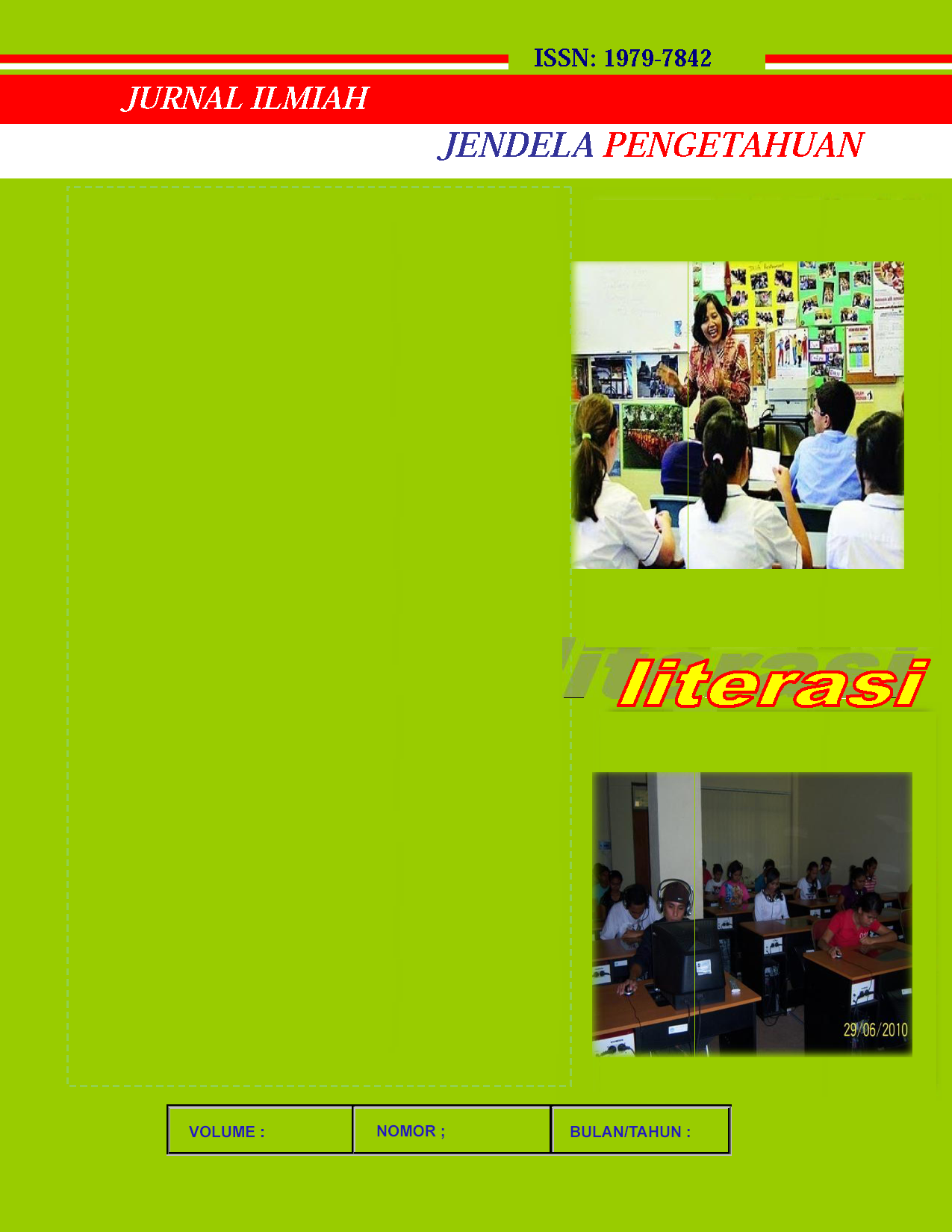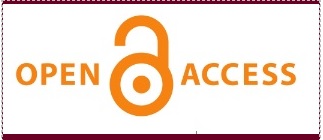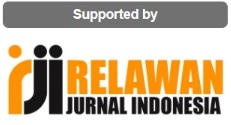Evaluation of Social Forestry Programs in Community Forest Management (CFM) from the Perspective of Land Cover Change and Socio-Economic Characteristics of CFM Managers in the Protected Forest of Bukit Daun, Kepahiang Regency
Evaluasi Program Perhutanan Sosial Dalam Pengelolaan Hutan Kemasyarakatan (HKM) dari Sudut Pandang Perubahan Tutupan Lahan serta Karakteristik Sosial Ekonomi Masyarakat Pengelola HKM Di Hutan Lindung Bukit Daun Kabupaten Kepahiang
Abstract
This study aims to determine changes in land cover on Community Forest Utilization Business Permits (IUPHKm) before and after the IUPHKm was issued and to determine the socio-economic characteristics of Community Forest management participants in the Bukit Daun Protected Forest at this time. Most of the community forest participants in Kepahiang Regency are still classified as less prosperous. The socio-economic conditions of community forest management participants in the Bukit Daun Protected Forest, Kepahiang Regency, show that the age of community forest permit managers in the Bukit Daun Protected Forest is in the productive age category with relatively low education. It is necessary to carry out intensive outreach activities by the Environment and Forestry Service of Bengkulu Province, UPTD KPHL Bukit Daun, regarding the primary substance and rules of the Community Forest program and implement them in the field so that the public can clearly understand the Community Forest Program.
Downloads
References
Andi, U. F. (2017). Pengaruh Jaringan Perdagangan Global Pada Struktur Wilayah Dan Konfigurasi Spasial Pusat Pemerintahan Kesultanan-Kesultanan Melayu Di Kalimantan Barat. Langkau Betang: Jurnal Arsitektur, 4(1), 67–78.
Djadjuli, D. (2018). Peran pemerintah dalam pembangunan ekonomi daerah. Dinamika: Jurnal Ilmiah Ilmu Administrasi Negara, 5(2), 8–21.
Jayanti, M. N. (2022). Peran Asosiasi Petani Kelapa Indonesia (APKI) dalam Pengembangan Kelapa Kopyor di Kabupaten Pati (Studi Kasus Desa Ngagel, Kecamatan Dukuhseti).
Karim, H. A., Lis Lesmini, S. H., Sunarta, D. A., SH, M. E., Suparman, A., SI, S., Kom, M., Yunus, A. I., Khasanah, S. P., & Kom, M. (2023). Manajemen transportasi. Cendikia Mulia Mandiri.
Lasabuda, R. (2013). Pembangunan wilayah pesisir dan lautan dalam perspektif Negara Kepulauan Republik Indonesia. Jurnal Ilmiah Platax, 1(2), 92–101.
Lasaiba, M. A. (2020). Pemetaan Tata Ruang Di Provinsi Maluku (pp. 1–16). https://www.researchgate.net/publication/367326731
Lasaiba, M. A., E.E.H.Woersok, & Louhenapessy, S. W. J. (2010). Tendensi Spasial dan Faktor-Faktor Penyebab Tingkat Kekotaan di Kota Ambon (Issue January 2010). https://www.researchgate.net/publication/367326377
Mubarok, S. Z. S., & Cahyono, E. (2023). Pengaruh Kemiskinan dan Bencana Alam terhadap Pertumbuhan Ekonomi dengan Filantropi sebagai Variabel Moderasi: Sebuah Tinjaun Konseptual. Jurnal Masharif Al-Syariah: Jurnal Ekonomi Dan Perbankan Syariah, 8(1).
Nurlaela, A. (2016). Peranan lingkungan sebagai sumber pembelajaran geografi dalam menumbuhkan sikap dan perilaku keruangan peserta didik. Jurnal Geografi Gea, 14(1).
Rahmi, S. A. (2016). Pembangunan Pariwisata Dalam Perspektif Kearifan Lokal. Reformasi, 6(1).
Siska, Y. (2016). Konsep Dasar IPS untuk Sd/MI. Garudhawaca.
Soekarso, S. (2015). Sebelas Syarat Penentuan Lokasi Bendung Irigasi. Jurnal Irigasi, 10(1).
Syaputra, P. E., Dianto, M. A. S., & Saputra, H. (2024). Manfaat Transportasi Kapal Feri Untuk Pertumbuhan Ekonomi Pada Kawasan Pulau Terluar, Dan Efek Pemberian Subsidi Dari Pemerintah. Neraca: Jurnal Ekonomi, Manajemen Dan Akuntansi, 2(1), 146–157.
















